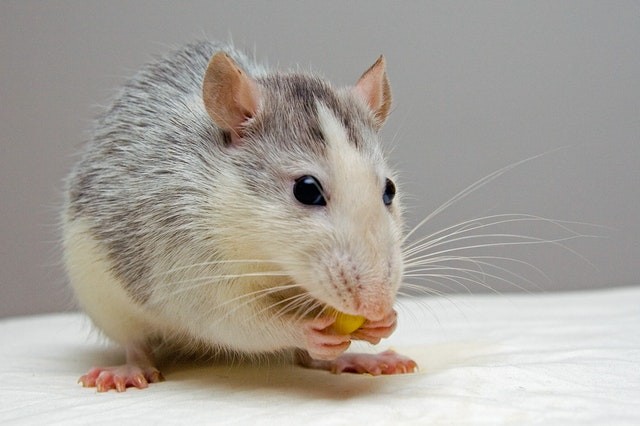It has long been held by biologists that a fetus requires a living uterus to grow. That might not be the case anymore.
The Synthetic Uterus
The embryos of the mouse looked perfectly okay. All their organs were growing as anticipated, coupled with their limbs and nervous and circulatory systems. The mouse's little hearts were beating at 170 beats per minute, which is normal.
But these mouse embryos were not developing in a mother mouse. The embryos were grown inside a synthetic uterus, researchers reported on Wednesday that this is the first time such a feat has been achieved.

The tests conducted at the Weizmann Institute of Science in Israel were done to assist researchers know how mammals grow and how mutations of the gene, nutrients, and environmental states may have an effect on the fetus.
But the work may one day bring great questions about whether humans or other animals should or could be developed beyond a living womb.
ALSO READ: Smart Animals: Sick Mouse Shy Away From Their Group to Prevent Transmission
Taking Away Embryos From the Mouse Uteruses
In a research released in the journal Nature, Dr. Jacob Hanna talked about taking away embryos from the mouse uteruses at five days of incubation and developing them for six more days in synthetic wombs
The mouse embryos were about midway through their maturity at that point, and their full maturation is about 20 days. At this stage of development, a human would be called a fetus. Till now, Dr. Hanna and his co-workers have developed over 1,000 embryos using this method.
"It really is an outstanding accomplishment," according to the developmental biologist, Paul Tesar from Case Western Reserve University School of Medicine. Director of Genome Regulation, Alexander Meissner from the Max Planck Institute for Molecular Genetics in Germany, Berlin, made known that "getting to this point is impressive" and that the research was an important milestone.
But the study has already advanced past what the investigators talked about in the paper. Dr. Hanna said in an interview that he and his co-workers had collected fertilized eggs from the female mice's oviducts just after reproduction at 0 days of development and had developed them in the synthetic uterus for 11 days.

Embryos Need a Living Womb
Ever since scientists were able to fertilize eggs from animals in the lab and develop them for only a short period of time. They (embryos) need a living womb. "animals with placenta grow kept away in the uterus," according to Dr. Tesar. That stopped researchers from giving answers to major questions about the earliest development stages.
The only way to know how tissues and organs develop was to take a look at species like frogs, flies, and worms that do not require a uterus, or to take away embryos from the uteruses of animals experimented at different times, showing sight of development.
What was required was a way to have a view of what's going on in the uterus, viewing and imitating development in animals as it is happening. The embryos of mice are kept inside incubators, where they drift in exceptional nutrient fluid.
RELATED ARTICLE: Oops! Tiny Mouse Causes Big Trouble in British Airways Plane
For more news, updates about mouse and similar topics don't forget to follow Nature World News!
© 2024 NatureWorldNews.com All rights reserved. Do not reproduce without permission.




![Climate Change is Reducing Dust Levels Worldwide as Arctic Temperature Warms [Study]](https://1471793142.rsc.cdn77.org/data/thumbs/full/70320/280/157/50/40/climate-change-is-reducing-dust-levels-worldwide-as-arctic-temperature-warms-study.jpg)
